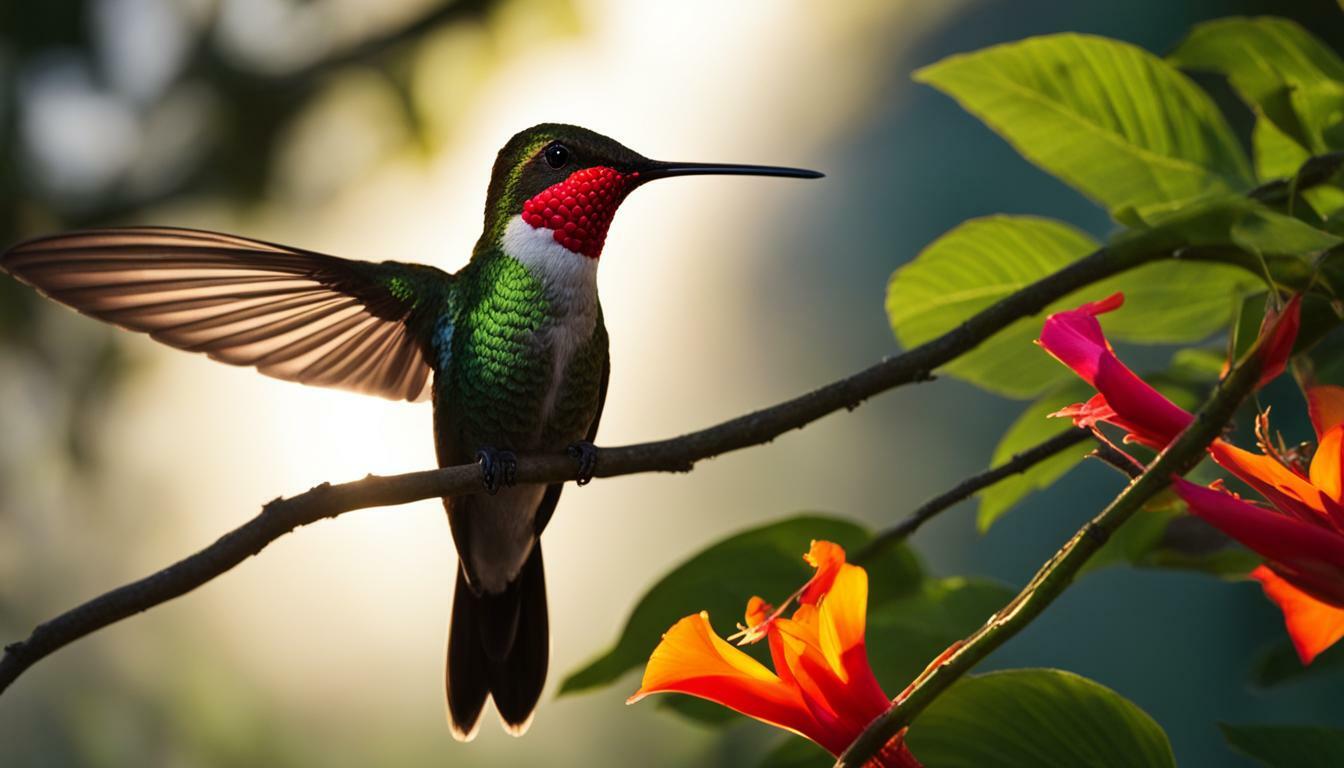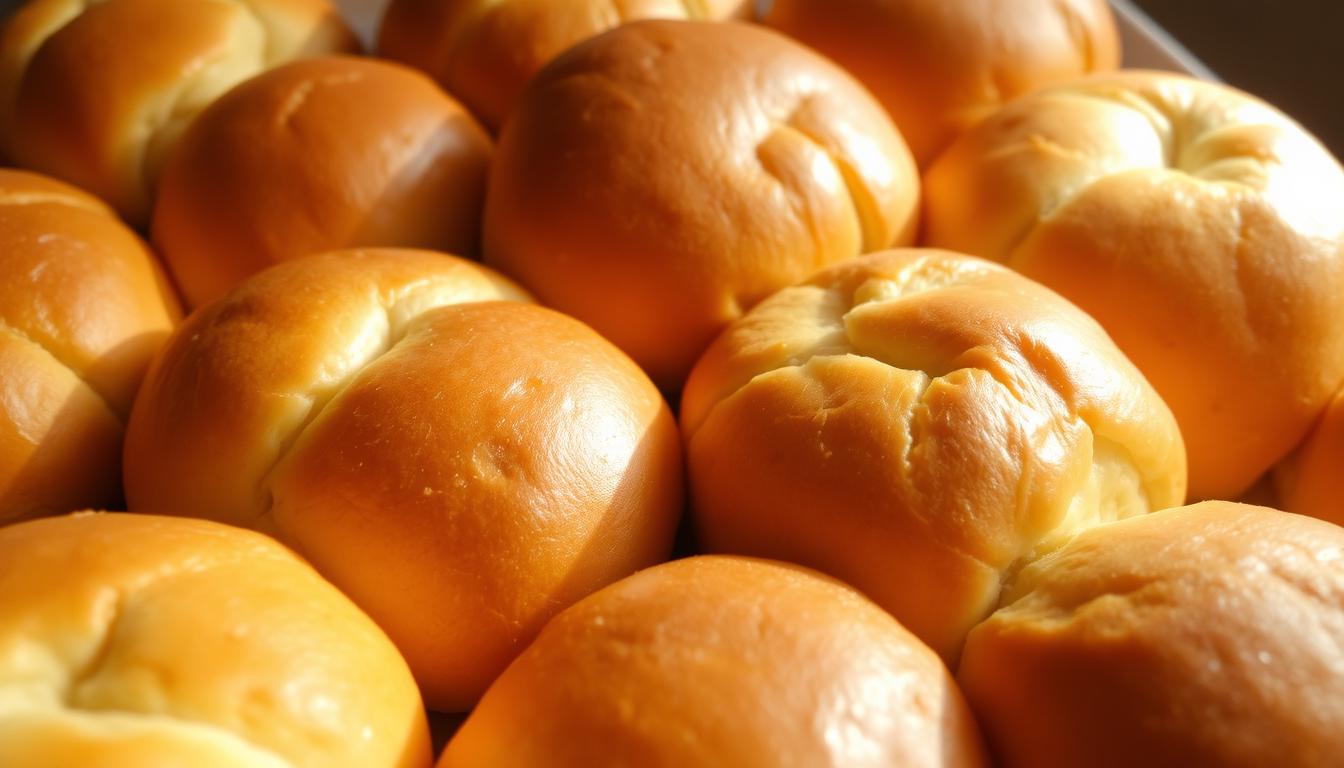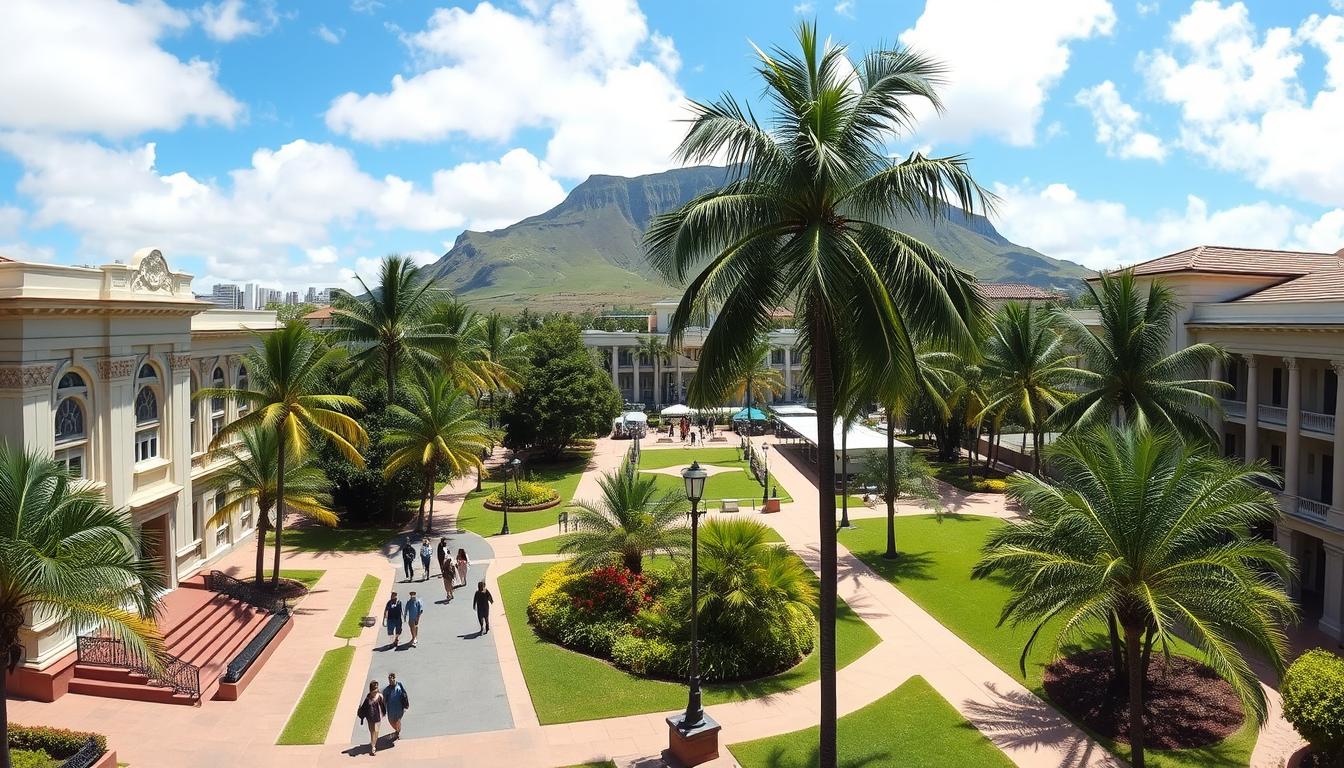Hawaii’s unique ecosystem has captivated many nature enthusiasts, but one question lingers: are there hummingbirds in Hawaii? Famed for their vibrant colors and rapid wingbeats, hummingbirds are a beloved sight for birdwatchers around the world. However, when it comes to the Hawaiian Islands, these tiny creatures seem to be absent. Let’s delve into the reasons behind this intriguing phenomenon and explore the fascinating avian inhabitants that make Hawaii their home.
Key Takeaways:
- Hummingbirds are not found in Hawaii due to geographical isolation and restrictions on certain species.
- The absence of hummingbirds has allowed unique pollinators like hummingbird moths and Hawaiian honeycreepers to fill the ecological niche.
- Hawaii’s tropical environment, diverse bird species, and enchanting wildlife make it a paradise for birdwatchers and nature enthusiasts.
- Pineapple plantations in Hawaii have banned hummingbirds due to their unintended impact on pollination and fruit marketability.
- The Hawaiian honeycreepers, a group of stunning endemic bird species, are a must-see highlight for birdwatchers visiting Hawaii.
Exploring Hawaii’s Bird Species
Hawaii is a birdwatcher’s paradise, boasting a wide array of unique and colorful species. With its diverse ecological niches and isolation from the mainland, the Hawaiian Islands have become home to an impressive variety of avian inhabitants. From forest dwellers to shoreline visitors, Hawaii’s bird species offer a captivating sight for nature enthusiasts.
The islands are known for their endemic bird species, meaning they are found exclusively in Hawaii. One of the most iconic examples is the Hawaiian honeycreeper, a family of birds known for their vibrant plumage and specialized feeding habits. Each honeycreeper species has evolved to fill a particular ecological niche, resulting in an astonishing array of beak shapes and colors. These magnificent creatures can be observed in their natural habitats, flitting among the native forests and displaying their distinctive songs and behaviors.
Exploring Hawaii’s Bird Species
In addition to the endemic species, Hawaii serves as a stopover point for many migratory birds, offering a temporary haven during their long journeys. The islands provide essential rest and refueling spots for these weary travelers, making birdwatching in Hawaii a truly unique experience. From the graceful albatrosses that glide over the ocean to the colorful shorebirds that gather along the shoreline, there is always something fascinating to observe.
| Common Name | Scientific Name | Conservation Status |
|---|---|---|
| ‘I’iwi | Drepanis coccinea | Vulnerable |
| Hawaiian Hawk | Buteo solitarius | Endangered |
| Akohekohe | Palmeria dolei | Critically Endangered |
As a responsible traveler, it is important to remember that Hawaii’s bird species are precious and delicate. Observe from a distance, respect their habitats, and never disturb nesting sites or breeding behaviors. By embracing and appreciating Hawaii’s unique wildlife, we can contribute to its conservation and ensure the continued existence of these remarkable bird species.
The Absence of Hummingbirds in Hawaii
Despite their presence in many other tropical regions, hummingbirds are notably absent from the vibrant landscapes of Hawaii. This unique archipelago, located in the middle of the Pacific Ocean, poses two main reasons for the absence of these colorful and energetic birds.
Firstly, the geographical isolation of Hawaii presents a challenge for certain bird species to naturally reach the islands. Over millions of years, the archipelago has developed its own distinct ecosystem, with a range of endemic plants and animals. While some bird species managed to make their way to Hawaii, hummingbirds did not have the means to cross the vast ocean and establish themselves on the islands.
Secondly, hummingbirds are actually prohibited in Hawaii due to an unintentional impact on pineapple plant pollination. These tiny birds are known for their remarkable ability to transfer pollen from flower to flower while feeding on nectar. However, in the case of pineapple plants, hummingbirds can disrupt the commercial viability of the fruit by introducing unwanted genetic variations. Therefore, to protect the pineapple industry, Hawaii has implemented strict regulations to prevent the introduction of hummingbirds onto the islands.
| Reasons for the Absence of Hummingbirds in Hawaii |
|---|
| Geographical isolation of Hawaii |
| Unintentional impact on pineapple plant pollination |
Although hummingbirds are absent from Hawaii, the islands have their own unique pollinators that have filled the ecological niche left by hummingbirds. One example is the hummingbird moth, a fascinating insect that closely resembles hummingbirds in appearance and behavior. These moths hover in front of flowers and use their long proboscis to sip nectar, effectively pollinating the plants they visit.
Another example is the Hawaiian honeycreeper, a diverse group of bird species endemic to the islands. These colorful birds have evolved to fulfill various ecological roles, including pollination. With their unique beaks and feeding behaviors, Hawaiian honeycreepers play a vital role in the pollination of native Hawaiian plants, contributing to the rich biodiversity found in Hawaii.
Summary:
- Hummingbirds are not found in Hawaii due to geographical isolation and the unintentional impact on pineapple plant pollination.
- Hawaii has implemented strict regulations to prevent the introduction of hummingbirds onto the islands.
- The absence of hummingbirds has allowed other pollinators, such as hummingbird moths and Hawaiian honeycreepers, to fill the ecological niche and contribute to the unique biodiversity of Hawaii.
The Ecological Niche in Hawaii
Although hummingbirds may be missing, Hawaii’s ecological balance remains intact with the presence of fascinating alternative pollinators and bird species. The isolated nature of the islands has given rise to a unique ecosystem, where native plants and animals have adapted to thrive without the presence of hummingbirds.
One such alternative pollinator is the hummingbird moth. These moth species have evolved to mimic the appearance and behavior of hummingbirds, making them efficient pollinators for a variety of flowering plants in Hawaii. With their long proboscis and ability to hover, hummingbird moths play a crucial role in the cross-pollination of native Hawaiian flora.
Hawaiian honeycreepers are another remarkable group of birds that have filled the ecological niche left by hummingbirds. These colorful and highly specialized species have evolved a unique relationship with the native plants of Hawaii, including the iconic ‘ōhi’a lehua. By feeding on nectar and distributing pollen, Hawaiian honeycreepers contribute to the survival and diversity of these plant species.
The Role of Hawaiian Honeycreepers
Hawaiian honeycreepers belong to the Drepanididae family and are known for their diverse beak shapes and stunning plumage. With their slender, curved bills, they are able to access nectar from deep within flowers that other bird species cannot reach, ensuring the continued pollination of a wide range of Hawaiian plants.
| Species | Diet | Conservation Status |
|---|---|---|
| ʻIʻiwi | Nectar, insects, fruit, and pollen | Near Threatened |
| ʻApapane | Nectar, insects, and fruit | Least Concern |
| ʻAmakihi | Nectar, insects, and fruit | Vulnerable |
| Māmane | Nectar, insects, and fruit | Endangered |
These honeycreepers are not only important pollinators but also indicators of the overall health of Hawaii’s ecosystems. Unfortunately, many species within this group are currently threatened or endangered due to habitat loss, invasive species, and climate change. Protecting these precious birds and their habitat is essential for maintaining the unique biodiversity of Hawaii.
The Impact of Hummingbirds on Pineapple Plantation
The absence of hummingbirds in Hawaii can be attributed, in part, to the economic considerations and the unique relationship between these birds and pineapple plantations. Hummingbirds, with their ability to pollinate flowers, play a crucial role in the reproductive cycle of many plants. However, this seemingly positive attribute becomes problematic when it comes to pineapple cultivation.
Pineapple is an important crop in Hawaii, and its cultivation relies heavily on the use of commercial pollination techniques. Hummingbirds, in their quest for nectar, inadvertently transfer pollen from one pineapple flower to another, leading to cross-pollination. While cross-pollination can result in the development of novel pineapple varieties, it also affects the uniformity and marketability of the fruit, which is highly valued in the pineapple industry.
To prevent the unintentional pollination by hummingbirds, strict regulations were put in place in Hawaii to prohibit the importation or introduction of these avian creatures. This ensures that pineapple plants remain pure and produce fruit with the desired characteristics, meeting the demands of consumers and maintaining the economic viability of pineapple plantations in Hawaii.
The Table: Economic Considerations and the Impact on Pineapple Plantation
| Hummingbirds and Pineapple Plantation | Impact |
|---|---|
| Unintentional pollination | Affects fruit marketability |
| Desire for uniform fruit | Regulations prohibit hummingbirds in Hawaii |
| Economic importance of pineapple industry | Ensures economic viability of plantations |
While the absence of hummingbirds in Hawaii may be disappointing to bird enthusiasts, it has paved the way for the discovery and appreciation of other unique pollinators and bird species on the islands. Hawaiian honeycreepers, with their vibrant plumage and fascinating behaviors, have captivated birdwatchers and researchers alike. These endemic bird species have filled the ecological niche left by hummingbirds, contributing to the rich biodiversity found in Hawaii’s unique ecosystem.
Discovering Hawaiian Honeycreepers
Among the remarkable bird species that make Hawaii their home, the Hawaiian honeycreepers stand out with their vibrant colors and unique adaptations. These fascinating birds are endemic to the islands and have evolved into a diverse group of species, each with its own distinct characteristics.
The Hawaiian honeycreepers are known for their striking plumage, ranging from vibrant reds and yellows to deep blues and greens. Their beautiful feathers make them a sight to behold for birdwatchers and nature enthusiasts visiting Hawaii. Not only are they visually stunning, but they also have fascinating beak shapes that have adapted to their specific feeding habits. Some honeycreepers have long, curved beaks for sipping nectar from flowers, while others have sharp, pointed beaks for probing into tree bark to find insects and larvae.
These birds play a vital role in Hawaii’s ecosystem as important pollinators. Just like hummingbirds, they rely on nectar as a food source, making them crucial for the reproduction of native plants. Through their feeding behaviors, they transfer pollen from one flower to another, ensuring the survival and biodiversity of Hawaii’s flora. Their interactions with native plants have led to co-evolution, where both the birds and the plants have adapted to depend on each other for survival.
| Hawaiian Honeycreeper Species | Endemic Status | Conservation Status |
|---|---|---|
| Akiapolaau | Endemic to the Big Island | Endangered |
| Apapane | Found on multiple islands | Least Concern |
| Iiwi | Endemic to the Big Island and Maui | Endangered |
| Maui Parrotbill | Endemic to Maui | Critically Endangered |
It is important to appreciate and protect these unique bird species, as many of them are currently facing significant threats. Habitat loss, introduced predators, and avian diseases pose serious challenges to their survival. Conservation efforts and responsible tourism can help preserve the habitat and populations of the Hawaiian honeycreepers, ensuring that future generations can continue to marvel at their beauty and importance to Hawaii’s vibrant ecosystem.
Embracing Hawaii’s Unique Wildlife
Hawaii’s rich wildlife offers a glimpse into the remarkable biodiversity of the islands, reminding us to cherish and protect its distinctive bird species. While hummingbirds are not found in Hawaii, the archipelago boasts a diverse array of bird species that have adapted to the unique island environment. From the colorful Hawaiian honeycreepers to the elusive native waterbirds, birdwatching in Hawaii offers an unforgettable experience.
The absence of hummingbirds in Hawaii can be attributed to two main factors. Firstly, the geographical isolation of the islands makes it challenging for certain species to naturally reach Hawaii. This isolation has resulted in the evolution of a wide range of endemic bird species that are found nowhere else on Earth. Secondly, hummingbirds are actually prohibited in Hawaii due to their unintended impact on pineapple plant pollination. As these birds feed on nectar, they inadvertently transfer pollen between flowers, affecting the marketability of the pineapple fruit.
However, despite the absence of hummingbirds, Hawaii has its own unique pollinators that have filled the ecological niche left by these tiny birds. Hummingbird moths, for instance, possess similar traits and behaviors as their avian counterparts, providing important pollination services to native plants. Additionally, the Hawaiian honeycreepers, also known as ‘amakihis,’ have evolved to fill the role of nectar-feeding birds in Hawaii. These fascinating bird species showcase a stunning variety of colors and beak shapes, reflecting their adaptation to different ecological niches within the islands.
As visitors and residents alike, it is crucial to appreciate and respect Hawaii’s diverse bird species. Birdwatching in Hawaii not only allows us to marvel at the beauty and uniqueness of each species but also serves as a reminder of the delicate balance of the island’s ecosystems. By cherishing and protecting Hawaii’s distinctive birdlife, we play an active role in safeguarding the extraordinary natural heritage of the islands for future generations to enjoy.
FAQ
Are there hummingbirds in Hawaii?
No, hummingbirds are not found in Hawaii.
Why are there no hummingbirds in Hawaii?
There are two main reasons for the absence of hummingbirds in Hawaii. Firstly, the islands’ geographical isolation makes it difficult for certain bird species to naturally reach the archipelago. Secondly, hummingbirds are actually prohibited in Hawaii due to their unintentional pollination of pineapple plants, which affects the marketability of the fruit.
What other pollinators are found in Hawaii?
Hawaii is home to its own unique pollinators, such as hummingbird moths and Hawaiian honeycreepers.
What is the ecological niche filled by hummingbirds in Hawaii?
In the absence of hummingbirds, other bird species, such as hummingbird moths and Hawaiian honeycreepers, have filled the ecological niche left by hummingbirds in Hawaii, contributing to the diverse ecosystem of the islands.
What is the impact of hummingbirds on pineapple plantations?
Hummingbirds are prohibited in Hawaii due to their inadvertent pollination of pineapple plants, which affects the marketability of the fruit.
What are Hawaiian honeycreepers?
Hawaiian honeycreepers are a diverse group of bird species endemic to Hawaii known for their brilliant plumage.
How important is it to conserve Hawaii’s unique bird species?
It is crucial to appreciate and conserve Hawaii’s unique bird species as they contribute to the rich wildlife and ecosystem of the islands.

Scott Sweeney is the creator of Virtual Hawaii 360. Scott is a professional marketer and a lifelong Hawaii enthusiast. Scott splits time between Oahu and Dayton, Ohio. In addition to his marketing endevours, he is also a published Ukulele musician.





